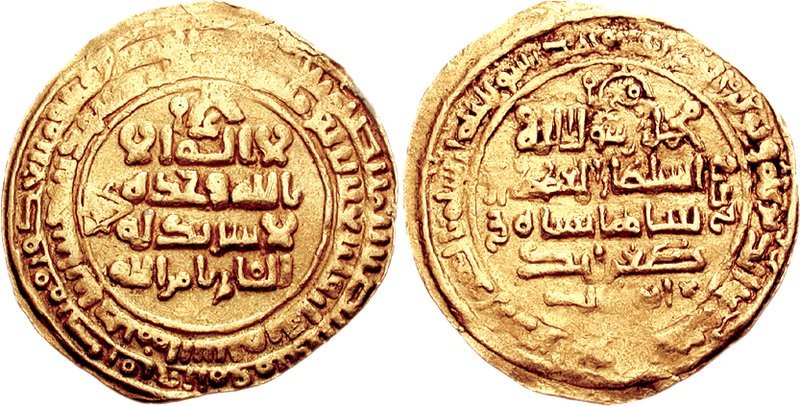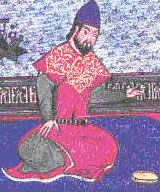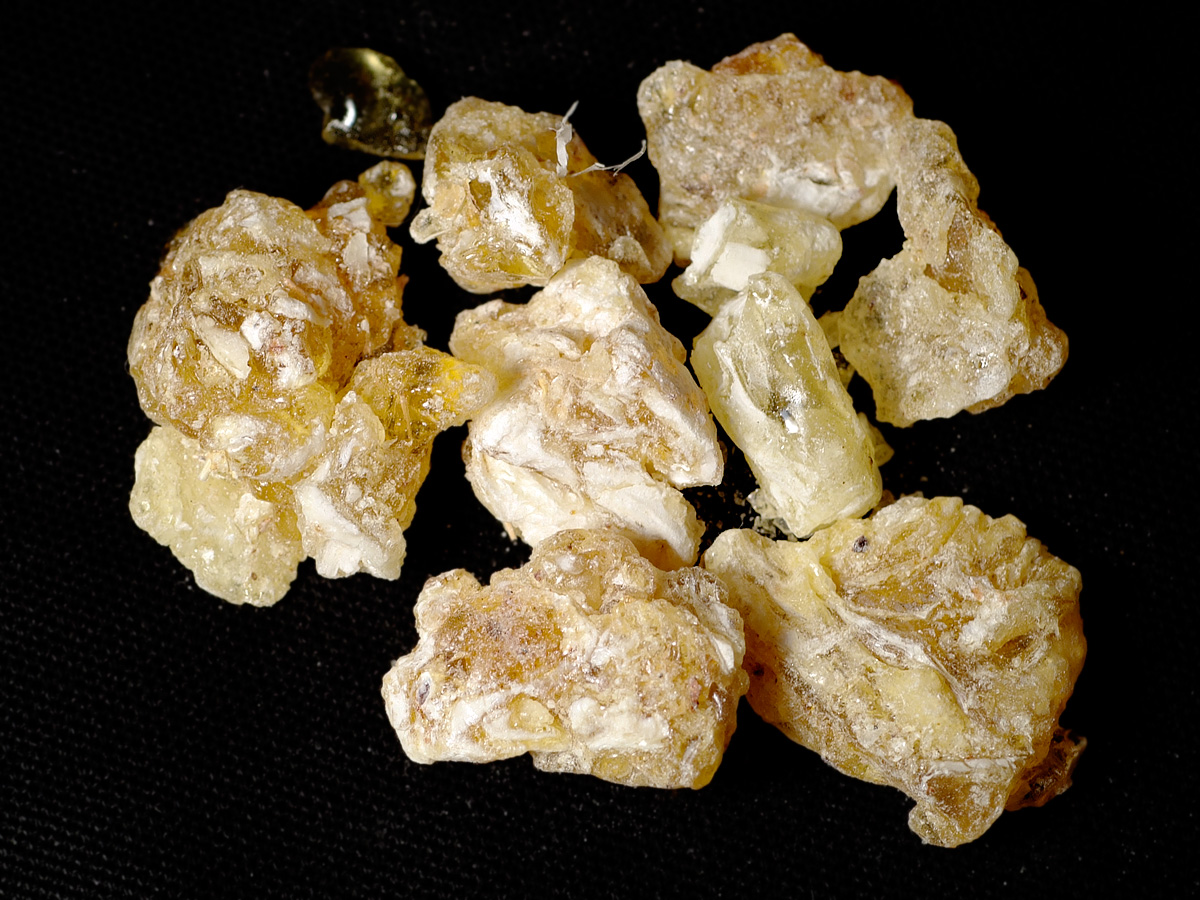|
Al-Kundurī
Amid al-Mulk Abu Nasr al-Kunduri (; 1024 – 29 November 1064), commonly known as al-Kunduri (; also spelled Kunduri), was a Persian bureaucrat, who served as the vizier of the first Seljuk Sultan Tughril () and his nephew Alp Arslan (). Kunduri was born in Kundur. He was recruited into the Seljuk bureaucracy as a secretary, at the suggestion of his teacher, Imam al-Muwaffaq al-Nishapuri. A natural schemer, Kunduri sought to exploit the power and influence over the Seljuk sultan. Kunduri's first scheme was during his early vizierate when Tughril had tasked him to arrange a marriage between Tughril and a princess from the family of the Khwarazmshah. Instead, Kunduri arranged the marriage for himself. Kunduri subsequently went to Tughril, where he absolved himself by shaving off his beard and castrating himself. While Tughril was preparing a march towards Mosul to fight the local contender al-Basasiri in 1057, Kunduri plotted to install the son of Tughril's wife Altun Jan Khatun ... [...More Info...] [...Related Items...] OR: [Wikipedia] [Google] [Baidu] |
Tughril
Abu Talib Muhammad Tughril ibn Mika'il (), better known as Tughril (; also spelled Toghril / Tughrul), was a Turkoman"The defeat in August 1071 of the Byzantine emperor Romanos Diogenes by the Turkomans at the battle of Malazgirt (Manzikert) is taken as a turning point in the history of Anatolia and the Byzantine Empire. chieftain, who founded the Seljuk Empire, ruling from 1037 to 1063. Tughril united many Turkoman warriors of the Central Asian steppes into a confederacy of tribes and led them in conquest of Khorasan and eastern Persia. He would later establish the Seljuk Sultanate after conquering Persia and taking the Abbasid capital of Baghdad from the Buyids in 1055. Tughril relegated the Abbasid Caliphs to state figureheads and took command of the caliphate's armies in military offensives against the Byzantine Empire and the Fatimids in an effort to expand his empire's borders and unite the Islamic world. Before the advent of the Seljuks, Persia was divided between seve ... [...More Info...] [...Related Items...] OR: [Wikipedia] [Google] [Baidu] |
Kondor, Razavi Khorasan
Kondor () is a city in, and the capital of, Sheshtaraz District of Khalilabad County, Razavi Khorasan province, Iran. It also serves as the administrative center for Sheshtaraz Rural District. Demographics Population At the time of the 2006 National Census, the city's population was 5,700 in 1,610 households. The following census in 2011 counted 6,002 people in 1,895 households. The 2016 census measured the population of the city as 6,460 people in 2,130 households. Historical sites, ancient artifacts and tourism Kondor Ab anbars Kondor Ab anbars is two historical Ab anbars belongs to the first Pahlavi period and is located in Khalilabad County, Sheshtaraz District, Kondor village. Kondor Castle Kondor Castle is a historical castle located in Khalilabad County Khalilabad County () is in Razavi Khorasan Province, Razavi Khorasan Province, Iran. Its capital is the city of Khalilabad, Iran, Khalilabad. Demographics Population At the time of the 2006 Nati ... [...More Info...] [...Related Items...] OR: [Wikipedia] [Google] [Baidu] |
Al-Qa'im (Abbasid Caliph At Baghdad)
Abū Ja'far Abdallah ibn Aḥmad al-Qādir (), better known by his regnal name al-Qā'im bi-amri 'llāh () or simply as al-Qā'im; 8 November 1001 – 3 April 1075), was the Abbasid caliph in Baghdad from 1031 to 1075. He was the son of the previous caliph, al-Qadir. Al-Qa'im's reign coincided with the end of the Buyid dynasty's dominance of the caliphate and the rise of the Seljuk dynasty. Early life Al-Qa'im was born on 8 November 1001. He was the son of Abbasid caliph al-Qadir ( r. 991–1031) and his concubine named Qatr al-Nada (died 1060), an Armenian or Greek, also known as Alam. His father, Al-Qadir had publicly proclaimed his just nine-year-old son Muhammad (elder brother of Al-Qa'im) as heir apparent, with the title of al-Ghalib Bi'llah, in 1001. However, Muhammad died before his father and never ascended to the throne. In 1030, al-Qadir named his son ''Abu Ja'far'', the future Al-Qa'im, as his heir, a decision taken completely independently of the Buyid emirs. Al ... [...More Info...] [...Related Items...] OR: [Wikipedia] [Google] [Baidu] |
Turkic Languages
The Turkic languages are a language family of more than 35 documented languages, spoken by the Turkic peoples of Eurasia from Eastern Europe and Southern Europe to Central Asia, East Asia, North Asia (Siberia), and West Asia. The Turkic languages originated in a region of East Asia spanning from Mongolia to Northwest China, where Proto-Turkic language, Proto-Turkic is thought to have been spoken, from where they Turkic migration, expanded to Central Asia and farther west during the first millennium. They are characterized as a dialect continuum. Turkic languages are spoken by some 200 million people. The Turkic language with the greatest number of speakers is Turkish language, Turkish, spoken mainly in Anatolia and the Balkans; its native speakers account for about 38% of all Turkic speakers, followed by Uzbek language, Uzbek. Characteristic features such as vowel harmony, agglutination, subject-object-verb order, and lack of grammatical gender, are almost universal within the ... [...More Info...] [...Related Items...] OR: [Wikipedia] [Google] [Baidu] |
Malik-Shah I
Malik-Shah I (, ) was the third sultan of the Seljuk Empire from 1072 to 1092, under whom the sultanate reached the zenith of its power and influence. During his youth, he spent his time participating in the campaigns of his father Alp Arslan, along with the latter's vizier Nizam al-Mulk. During one such campaign in 1072, Alp Arslan was fatally wounded and died only a few days later. After that, Malik-Shah was crowned as the new sultan of the empire, but the succession was contested by his uncle Qavurt. Although Malik-Shah was the nominal head of the Seljuk state, Nizam al-Mulk held near absolute power during his reign. Malik-Shah spent the rest of his reign waging war against the Karakhanids to the east and establishing order in the Caucasus. The cause of Malik-Shah's death remains under dispute to this day; according to some scholars, he was poisoned by Abbasid caliph al-Muqtadi, while others say that he was poisoned by the supporters of Nizam al-Mulk. Etymology Although ... [...More Info...] [...Related Items...] OR: [Wikipedia] [Google] [Baidu] |
Persian Language
Persian ( ), also known by its endonym and exonym, endonym Farsi (, Fārsī ), is a Western Iranian languages, Western Iranian language belonging to the Iranian languages, Iranian branch of the Indo-Iranian languages, Indo-Iranian subdivision of the Indo-European languages. Persian is a pluricentric language predominantly spoken and used officially within Iran, Afghanistan, and Tajikistan in three mutual intelligibility, mutually intelligible standard language, standard varieties, respectively Iranian Persian (officially known as ''Persian''), Dari, Dari Persian (officially known as ''Dari'' since 1964), and Tajik language, Tajiki Persian (officially known as ''Tajik'' since 1999).Siddikzoda, S. "Tajik Language: Farsi or not Farsi?" in ''Media Insight Central Asia #27'', August 2002. It is also spoken natively in the Tajik variety by a significant population within Uzbekistan, as well as within other regions with a Persianate society, Persianate history in the cultural sphere o ... [...More Info...] [...Related Items...] OR: [Wikipedia] [Google] [Baidu] |
Arabic
Arabic (, , or , ) is a Central Semitic languages, Central Semitic language of the Afroasiatic languages, Afroasiatic language family spoken primarily in the Arab world. The International Organization for Standardization (ISO) assigns language codes to 32 varieties of Arabic, including its standard form of Literary Arabic, known as Modern Standard Arabic, which is derived from Classical Arabic. This distinction exists primarily among Western linguists; Arabic speakers themselves generally do not distinguish between Modern Standard Arabic and Classical Arabic, but rather refer to both as ( "the eloquent Arabic") or simply ' (). Arabic is the List of languages by the number of countries in which they are recognized as an official language, third most widespread official language after English and French, one of six official languages of the United Nations, and the Sacred language, liturgical language of Islam. Arabic is widely taught in schools and universities around the wo ... [...More Info...] [...Related Items...] OR: [Wikipedia] [Google] [Baidu] |
Nishapur
Nishapur or Neyshabur (, also ) is a city in the Central District (Nishapur County), Central District of Nishapur County, Razavi Khorasan province, Razavi Khorasan province, Iran, serving as capital of both the county and the district. Nishapur is the second most populous city of the province in the northeast of Iran, situated in a fertile plain at the foot of Binalud Mountains, Binalud Mountain Range. It has been the historic capital of the Western Quarter of Greater Khorasan, the historic Capitals of Persia, capital of the 9th-century Tahirid dynasty, the initial capital of the 11th-century Seljuk Empire, and is currently the capital city of Nishapur County and a historic Silk Road city of Greater Iran, cultural and Economy of Iran, economic importance in Iran and the Greater Khorasan region. Nearby are turquoise mines that have supplied the world with turquoise of the finest and the highest quality for at least two millennia. The city was founded in the 3rd century by ... [...More Info...] [...Related Items...] OR: [Wikipedia] [Google] [Baidu] |
Quhistan
Quhistan () or Kohistan (, "mountainous land") was a region of medieval Persia, essentially the southern part of Khurasan. Its boundaries appear to have been south of Khorasan to north, Yazd to West, Sistan to South, Afghanistan to East. Quhistan was a province in old days with a rich history in Persian literature, art and science. Notable historical towns include Tun (modern-day Ferdows), Qa'in, Gunabad, Tabas, Birjand, Turshez (modern-day Kashmar), Khwaf, Taybad, and Zawah (modern-day Torbat-e Heydarieh). It is home to famous castles. Safron, berberies (Zereshk) and jujube (Annab) are among the famous agricultural products that are exclusively produced in Ghohestan. Hakim Nezari Ghohestani, Sima Bina and Professor Reza Ghohestani are among famous people who are originally from Ghohestan. Dagestan in the North Caucasus The North Caucasus, or Ciscaucasia, is a subregion in Eastern Europe governed by Russia. It constitutes the northern part of the wider Caucasus regi ... [...More Info...] [...Related Items...] OR: [Wikipedia] [Google] [Baidu] |
Torshiz
Turshiz ( ''Turshēz''), also known as Turaythith (), is a medieval district and city of the Quhistan region. It corresponds to the Kashmar area, located in the present-day Razavi Khorasan Province, Iran. This region is divided into four regions Kashmar County, Kuhsorkh County, Khalilabad County and Bardaskan County. Gallery File:Aliabad-e Keshmar2011-09-25.jpg, Aliabad Tower File:FiroozAbad Tower.jpg, Firuzabad Tower File:K.sh.baran8.jpg, Kondor Ab anbars, Kondor Ab anbar 2 File:Jameh Mosque of Kashmar2021.jpg, Jameh Mosque of Kashmar File:Haji Jalal Mosque2023-01-01.jpg, Haji Jalal Mosque File:Atashgah Castle2023-04-08 68.jpg, Atashgah Castle File:Qal'eh Dokhtar2021.jpg, Qal'eh Dokhtar, Kuhsorkh See also * Kashmar * Adur Burzen-Mihr * Cypress of Kashmar References {{reflist Ancient Iranian cities Historical regions of Iran Kashmar County ... [...More Info...] [...Related Items...] OR: [Wikipedia] [Google] [Baidu] |
Frankincense
Frankincense, also known as olibanum (), is an Aroma compound, aromatic resin used in incense and perfumes, obtained from trees of the genus ''Boswellia'' in the family (biology), family Burseraceae. The word is from Old French ('high-quality incense'). There are several species of ''Boswellia'' that produce true frankincense: ''Boswellia sacra'' (synonym (taxonomy), syn. ''B. bhaw-dajiana'', syn. ''B. carteri''), ''Boswellia frereana, B. frereana'', ''Boswellia serrata, B. serrata'' (''B. thurifera''), and ''Boswellia papyrifera, B. papyrifera''. Resin from each is available in various grades, which depends on the time of harvesting. The resin is hand-sorted for quality. Etymology The English word ''frankincense'' derives from the Old French expression , meaning 'true incense', maybe with the sense of 'high quality incense'. The adjective in Old French meant 'noble, true', in this case perhaps 'pure'; although ''franc'' is ultimately derived from the tribal name of the Franks, ... [...More Info...] [...Related Items...] OR: [Wikipedia] [Google] [Baidu] |






